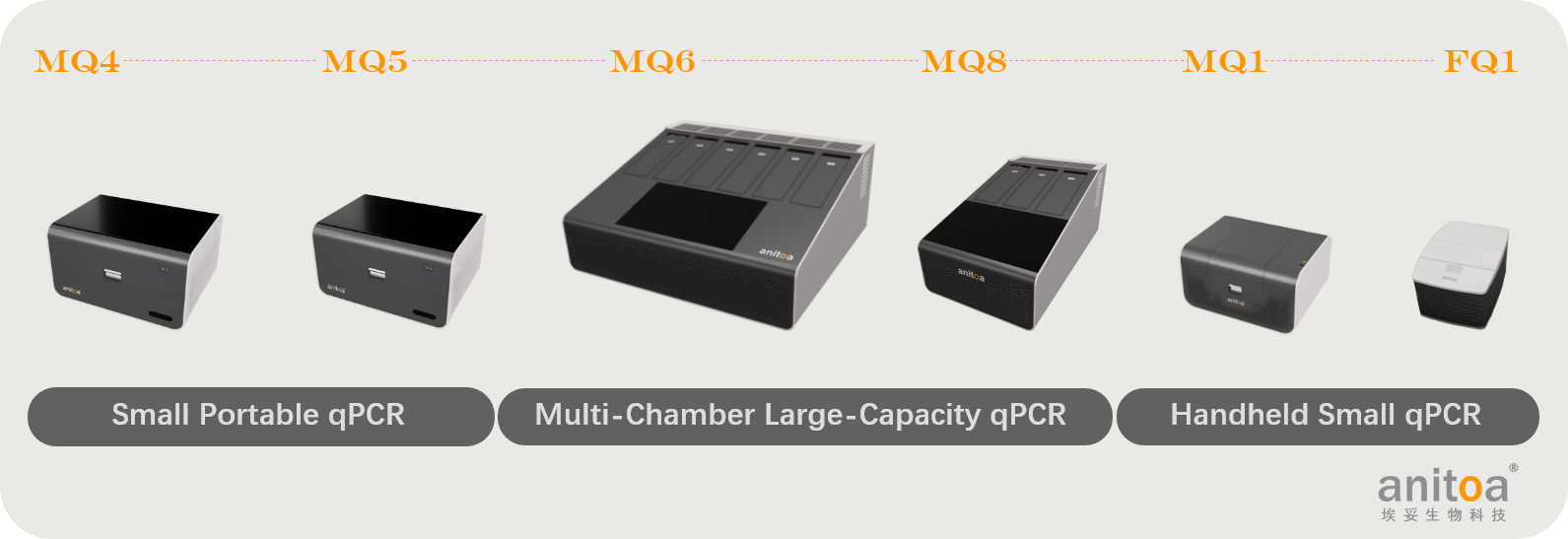qPCR and dPCR: Key Features and Distinct Applications
The field of molecular biology has made significant advancements in recent decades, thanks to innovative technologies like quantitative Polymerase Chain Reaction (qPCR) and digital Polymerase Chain Reaction (dPCR). Both techniques are widely used in various research and diagnostic applications due to their ability to amplify and quantify nucleic acids. This article aims to highlight the key features and distinct applications of qPCR and dPCR, providing a comprehensive comparison to help readers understand the differences between the two techniques.
Overview of qPCR and dPCR
qPCR, also known as real-time PCR, is a widely-used, high-throughput method for DNA amplification and quantification. It builds upon traditional PCR by incorporating fluorescence-based detection, enabling real-time monitoring of the amplification process. In contrast, dPCR is a more recent innovation that takes the concept of PCR a step further by partitioning the sample into thousands of individual reactions, allowing for absolute quantification of nucleic acids without the need for a standard curve.
Key Features of qPCR and dPCR
Feature | qPCR | dPCR |
Amplification | Exponential amplification | End-point amplification |
Quantification | Relative quantification (requires a standard curve) | Absolute quantification (no need for a standard curve) |
Sensitivity | High | Extremely high |
Precision | Moderate | Exceptional |
Cost | Relatively low | Higher due to specialized equipment and consumables |
Sensitivity and Precision
qPCR amplifies DNA and quantifies the amount using fluorescent probes that bind to the amplified DNA. It can quantify DNA over a large dynamic range but may lack sensitivity at very low or very high concentrations. dPCR quantifies DNA by separating the sample into many small partitions such that some contain the target DNA and some do not. It then counts the number of partitions containing target DNA to calculate an absolute concentration. dPCR typically has greater sensitivity and precision than qPCR, especially at low target concentrations.
Accuracy and Reproducibility
The quantification of qPCR relies on the efficiency of the DNA amplification, which can vary under different reaction conditions. dPCR is largely independent of the amplification efficiency, so it typically has higher accuracy and reproducibility than qPCR. dPCR is also better suited for detecting small concentration changes.
Suitability for Rare Targets
When the target DNA is very rare or precious, dPCR is usually a better choice than qPCR. The partitioning in dPCR ensures that even one molecule of the target can be detected, and the same DNA sample can be quantified multiple times. In contrast, qPCR may miss the target or deplete it.
Throughput and Cost
qPCR typically has higher throughput and lower cost than dPCR, which requires partitioning a sample into thousands of small reactions. Thus, qPCR may be preferable when analyzing a large number of samples.
Distinct Applications of qPCR and dPCR
qPCR Applications
Gene expression analysis
Pathogen detection
Genotyping
Copy number variation analysis
dPCR Applications
Rare mutation detection (e.g., cancer-associated mutations)
Pathogen detection with high precision
Gene expression analysis for low-abundance transcripts
Copy number variation analysis with higher precision
Conclusion
qPCR and dPCR are powerful molecular biology techniques with unique features and applications. While qPCR is a rapid, cost-effective method for nucleic acid quantification, dPCR offers unparalleled sensitivity and precision, making it the method of choice for certain specialized applications. By understanding the key differences between these techniques, researchers and industry professionals can make informed decisions on the most appropriate method for their specific needs.
Professional Portable qPCR System Manufacturer - Anitoa
Anitoa is a professional R&D and manufacturing company of molecular diagnostic qPCR instruments and reagents, with independent intellectual property rights of core chip technology, optical technology, rapid heating, microfluidic control and supporting reagents and other patented technologies, so that the instruments developed by Anitoa are characterized by quick and easy small instruments, allowing the development of expensive and complex large PCR instruments into truly portable POCT products.
